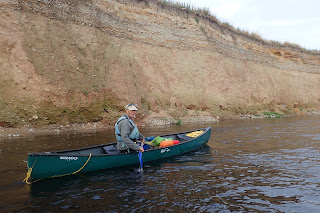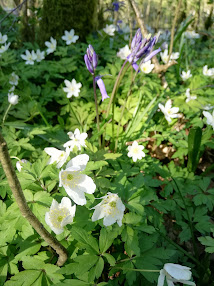Winter visitors travel across Europe to experience British hospitality

I have spent this week seeing a lot of seasonal visitors. Firstly overlooking the wide flat expanse of Morecambe Bay on a very grey day when the mud flats smudged into the sky, as the ebbing tide emptied out to beyond a barely visible Peel Castle. Sitting atop a headland cliff, I was talking to a group of children about the very many winter visitors which travel to the Bay for our relatively mild winters. Even as I spoke great flocks of waders poured back onto the mudflats like smoke from a great forest fire. From a distance of 5 miles, 10s of thousands of birds shifting and swirling were clearly visible. Over the weekend I visited Silverdale Moss at dusk on another day when the dark grey brooding clouds seemed to seep into the landscape aided by the shortened day. Above this wet meadow landscape, which has recently been recolonised by dense beds of common reed, gathering from all directions, 100s of thousands of starlings swooping in in small groups to join a writhing mass of ...




